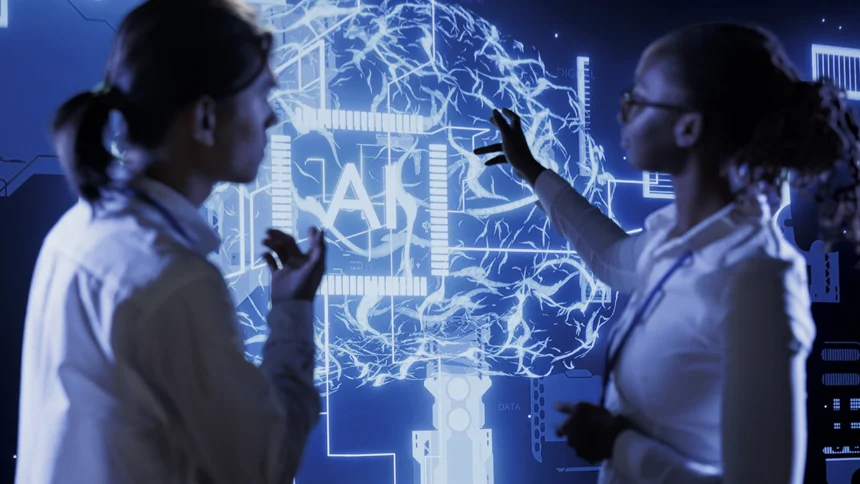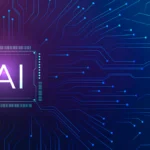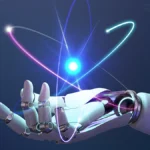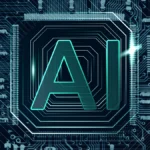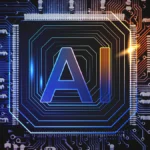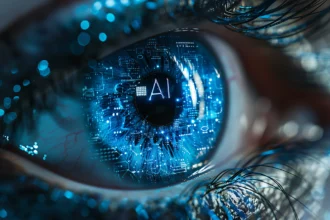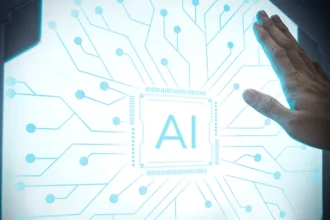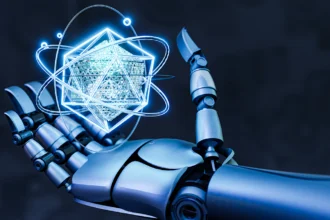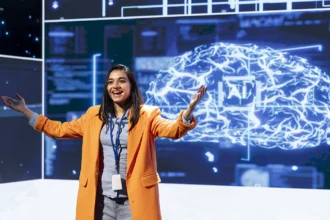Have you ever wondered how your smartphone recognizes your voice or how Netflix knows exactly what to recommend next? Are you curious about how AI can transform industries and impact our daily lives? If you’re looking to demystify AI and understand its practical applications, you’ve come to the right place. This comprehensive guide, “AI for Thinking Humans: A Practical Guide to Understanding AI,” will walk you through everything you need to know about artificial intelligence, from the basics to advanced concepts.
What is Artificial Intelligence?
Artificial Intelligence (AI) refers to the simulation of human intelligence in machines programmed to think and learn like humans. These machines can perform tasks that typically require human intelligence, such as visual perception, speech recognition, decision-making, and language translation. AI is a broad field encompassing various subfields, including machine learning, neural networks, natural language processing, and robotics.
Why Should You Understand AI?
Understanding AI is crucial for several reasons:
- Career Advancement: AI skills are in high demand across various industries.
- Informed Decision Making: Knowledge of AI enables better decision-making in personal and professional contexts.
- Innovation: Understanding AI fuels creativity and innovation in technology and business.
AI for Beginners: Key Concepts
1. Machine Learning (ML)
Machine learning is a subset of AI focused on building systems that learn from data and improve their performance over time without being explicitly programmed.
2. Neural Networks
Neural networks are computing systems inspired by the human brain’s network of neurons. They are designed to recognize patterns and are the foundation for deep learning.
3. Natural Language Processing (NLP)
NLP enables machines to understand and interpret human language, making interactions with AI more intuitive and human-like.
4. Robotics
Robotics involves the design, construction, and operation of robots. AI plays a crucial role in making robots more intelligent and autonomous.
Practical AI: Real-World Applications
AI is transforming various sectors with practical applications:
1. Healthcare
- Disease Diagnosis: AI algorithms analyze medical data to diagnose diseases with high accuracy.
- Personalized Treatment: AI systems tailor treatment plans based on individual patient data.
2. Finance
- Fraud Detection: AI systems identify fraudulent transactions by analyzing patterns in financial data.
- Investment Analysis: AI assists in predicting market trends and optimizing investment strategies.
3. Education
- Personalized Learning: AI-powered platforms provide customized learning experiences for students.
- Administrative Efficiency: AI automates administrative tasks, allowing educators to focus more on teaching.
4. Customer Service
- Chatbots: AI-driven chatbots provide instant customer support, improving user experience.
- Sentiment Analysis: AI tools analyze customer feedback to enhance service quality.
5. Manufacturing
- Predictive Maintenance: AI predicts equipment failures, reducing downtime and maintenance costs.
- Quality Control: AI systems inspect products for defects, ensuring high quality.
Understanding AI: Tools and Techniques
1. Data Analysis Tools
- Python: A versatile programming language widely used in AI development.
- R: A statistical computing language popular for data analysis.
2. AI Frameworks
- TensorFlow: An open-source library for machine learning and neural networks.
- PyTorch: A deep learning framework known for its flexibility and ease of use.
3. Data Visualization Tools
- Tableau: A tool for creating interactive and shareable data visualizations.
- Power BI: A business analytics tool for visualizing data and sharing insights.
Comprehensive Lists and Tables
Key AI Concepts
| Concept | Description |
|---|---|
| Machine Learning | Learning from data to improve performance over time. |
| Neural Networks | Systems modeled after the human brain to recognize patterns. |
| Natural Language Processing (NLP) | Understanding and interpreting human language. |
| Robotics | Designing and operating intelligent robots. |
Popular AI Tools
| Tool | Purpose |
|---|---|
| Python | Programming language for AI development. |
| TensorFlow | Library for machine learning and neural networks. |
| Tableau | Data visualization tool. |
| Power BI | Business analytics and visualization tool. |
FAQs about AI
What is AI?
AI, or Artificial Intelligence, is the simulation of human intelligence processes by machines, especially computer systems.
How does machine learning work?
Machine learning involves training algorithms on data to learn patterns and make decisions without explicit programming.
Can AI replace human jobs?
While AI can automate certain tasks, it is also creating new job opportunities in various fields.
Is AI safe?
AI safety depends on how it is designed and implemented. Ethical AI practices and regulations are crucial for safe AI development.
How can I start learning AI?
Start with online courses, tutorials, and hands-on projects to build a strong foundation in AI concepts and techniques.
READ MORE : The Impact of Artificial Intelligence on Our World
Conclusion
Thank you for taking the time to read our comprehensive guide on understanding AI. We hope this article has provided you with valuable insights into the world of AI and its practical applications. For more updates on courses, jobs, internships, scholarships, and apprenticeships, join USA trends through our social media channels, push notifications, and newsletters. Stay informed and ahead in your learning journey with USA trends.


